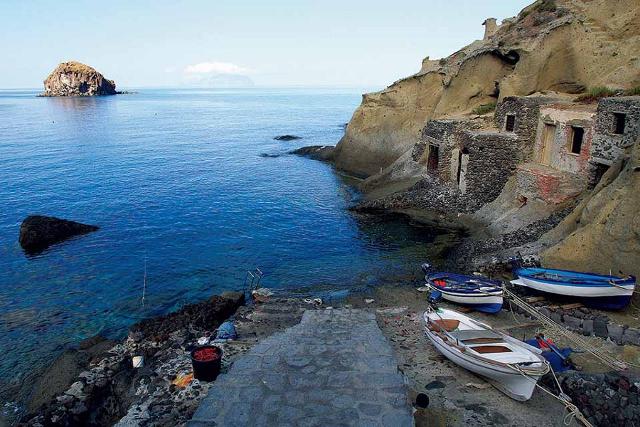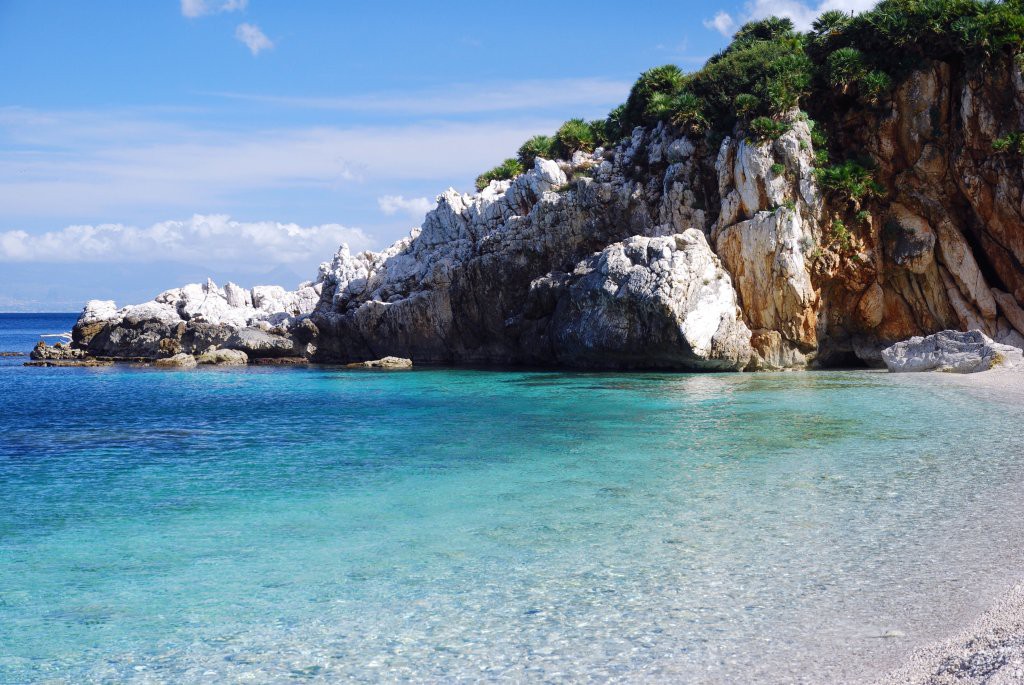


It measures 26.4 km² and is the second largest by population and after Lipari. It is divided into three municipalities of the metropolitan city of Messina: Santa Marina Salina, Malfa and Leni (until 1867 it was part of the territory of Lipari, subsequently it was an independent municipality until 1910) and has a total of approximately 2,300 inhabitants. Formed by six ancient volcanoes, it has the first and third highest relief of the archipelago: Mount Fossa delle Felci, 962 m, and Mount dei Porri, 860 m, which retain the typical conical shape. From these two extinct volcanoes, seen from the north-east, derives its ancient ancient Greek name ΔιδÏμη, DidỳmÄ“ (from δίδυμος, dìdymos, "twin"). The current name derives instead from a pond in the hamlet of Lingua of the Municipality of S. Marina di Salina, from which salt was extracted.

The excavations revealed settlements dating back to the Bronze Age and an alternation of periods of complete abandonment with others of strong development. Finds in Santa Marina show a remarkable settlement around the 4th century BC. Around the seventh century AD Salina was one of the most populated Aeolian islands, because the Lipari volcanoes were active. The Arab invasions made it deserted until, around the seventeenth century, it returned to populate itself. Salina is the most fertile island of the Aeolian Islands and rich in water; there are grown fine grapes from which Malvasia delle Lipari is obtained, a wine with a sweet taste, and capers that are exported all over the world. The abbot Gerolamo Maurando arrived in the Aeolian archipelago in 1544 attesting to the existence of a very flourishing economic activity that probably had already begun during the Middle Ages.

However, at that time, despite the presence of vineyards on the island, the presence of organized communities is not presumed: the continuous threat of pirates that besieged the island since the Byzantine era, had prompted the Liparese to limit visits solely for the care of vineyards and crops during the seasons. The island was repopulated only at the end of the 1500s, thanks to the emphyteutic concessions of the Bishop of Lipari, and reached its peak in the mid-nineteenth century: during 300 years families from all over the lower Tyrrhenian found themselves living together, attracted by work and from the illusion of small property. The consequent economic dependence on the larger island of Lipari, due to the lack of common traditions in the new community, only ends at the beginning of the 19th century, when a sudden demand for Malvasia allows the inhabitants of Salina to finally establish themselves in the media : for 10 long years, in fact, the commissioners for supplies of the British army, who arrived in Messina to face the possible advance of Napoleon in Sicily, require the well-known 'Aeolian passito' on the tables of their officers.
Such a lasting demand triggers a local development process that allows the island to free itself from the Liparese economy as well as from its administrative power. Unfortunately, however, in the spring of 1889, phylloxera invaded the vineyards of the whole of Europe and put an end to prosperity, emigration took hold and in fifteen years the population of Salina halved. Another important resource for the island is tourism.
Island of Salina
Address: Via Risorgimento, 98050
Phone: 090 984 3128
Site:
http://www.comune.santa-marina-salina.me.it/Location inserted by
Culturalword Abco